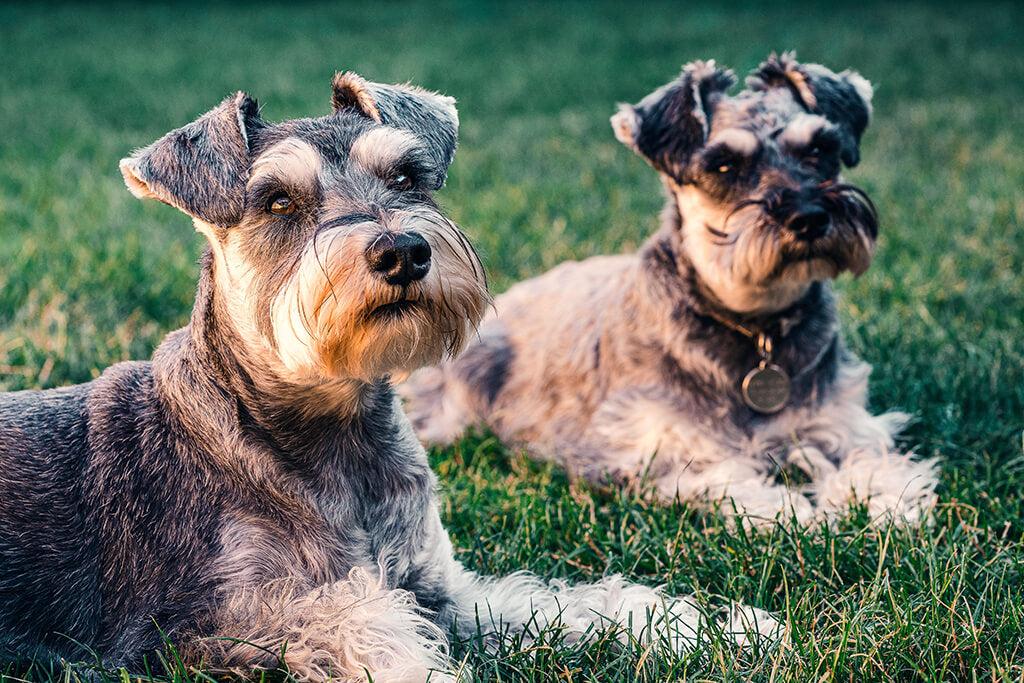Pancreatitis is a condition where a dog’s pancreas becomes inflamed, and it can range from mild to severe. Here’s what you need to know.
Pancreatitis In Dogs

Key takeaway: Pancreatitis is a condition where a dog’s pancreas becomes inflamed, and it can range from mild to severe. Symptoms of pancreatitis in dogs include diarrhea, fever, lethargy, loss of appetite and abdominal discomfort. If you suspect your dog may have pancreatitis, it is important to contact your vet as soon as possible and seek treatment.
What Is Pancreatitis In Dogs?
Pancreatitis is when a dog’s pancreas becomes inflamed, and it can range from mild to severe.
The pancreas sits close to the stomach and plays an important role in helping your dog process food by releasing enzymes that aid digestion. Normally, these enzymes don’t activate until they reach the intestines. However, when the pancreas becomes inflamed, those enzymes can become active too early — in or near the pancreas itself — which can cause discomfort and internal irritation.
Because pancreatitis can progress quickly, it’s important to seek veterinary attention as soon as possible if you suspect your dog may be affected. Avoid trying to relieve symptoms at home without guidance from your vet, as delaying professional care could put your dog’s health at risk.
Signs Of Pancreatitis In Dogs
The signs of pancreatitis can vary and are not always easy to recognize. However, understanding what to look for can help you act quickly.
While these pancreatitis in dogs symptoms on their own may not be cause for alarm, if several occur together or repeat over a short period, it’s important to contact your veterinarian promptly:
- Diarrhea
- Fever
- Lethargy
- Lack of appetite
- Abdomen pain/bloating* (your dog may adopt a “prayer” or downward dog position to ease the discomfort)
- Repeated vomiting (especially if it happens several times in a few hours or over multiple days)
- A hunched back
PetLab Co. Pro Tip: In the case of bloating in dogs, it’s essential to get your dog to a vet right away. Bloating occurs when air becomes trapped in the stomach and cannot be released, and can be one of the signs of worsening pancreatitis in dogs. In some dogs — especially those with deep chests — this can become serious if not treated quickly. Signs of bloating may include anxious pacing, trying to vomit unsuccessfully, drooling, or a visibly swollen stomach.
Remember, you know your dog best. If you suspect something is wrong, it’s always better to reach out to your vet for advice.

What Causes Pancreatitis In Dogs?
There can be several underlying causes of pancreatitis, but one of the most common is a high-fat diet. Regularly eating fatty foods (like bacon, cheese, fried meats, or high-fat dog treats) can increase your dog’s risk.
Other possible causes of pancreatitis in dogs include:
- Obesity
- Diabetes
- Hyperthyroidism
- Blunt trauma
- Recent surgery
- Overeating or ingesting non-food items (pica)
- Certain prescribed medications
Pancreatitis can affect dogs of any breed, though smaller breeds like Miniature Schnauzers and Yorkshire Terriers tend to experience it more often.
To help lower your dog’s risk, try to maintain a balanced diet, keep them at a healthy weight, and avoid giving high-fat human foods.
Pancreatitis can affect any breed of dog, but it is most commonly seen in smaller toy breeds like Miniature Schnauzers and Yorkshire Terriers.
Dog Pancreatitis Recovery Time
With prompt veterinary treatment, many dogs recover from mild pancreatitis within two to three days. More severe cases may require a hospital stay and closer monitoring for up to a week.
Your vet may run blood tests, X-rays, or physical exams to determine the severity of the condition. Depending on the case, your dog may need rest, pain relief, anti-nausea medication, or fluids to prevent dehydration. Some dogs with severe symptoms may also require temporary feeding support or IV care.
In some cases, dogs may experience recurring bouts of pancreatitis (known as chronic pancreatitis). Occasionally, this condition can be associated with other metabolic changes such as diabetes, so ongoing vet guidance is essential.
How To Comfort A Dog With Pancreatitis
If your dog has experienced pancreatitis, there are ways to support their recovery and help prevent future flare-ups.
Lower The Fat In Their Diet
Feeding a lower-fat, vet-recommended diet can help take pressure off the pancreas. Avoid giving fatty table scraps or high-fat treats, and instead try healthy options like small pieces of cooked carrot or cucumber.
Maintain A Good Weight
Keeping your dog at a healthy weight supports their overall wellbeing and helps reduce the risk of future digestive issues. Your vet can advise on safe weight management plans and your dog’s ideal weight range.
Ensure Regular Vet Check-Ins
If your dog has had pancreatitis before, it’s important to monitor their diet and schedule routine vet visits. This helps track their recovery and identify any early signs of recurrence.
Consider Pet Insurance
Because conditions like pancreatitis can sometimes lead to emergency care, having insurance can give peace of mind that your dog can receive the right treatment when needed, without added financial stress.
The Bottom Line: Pancreatitis in Dogs
Pancreatitis in dogs can be a serious condition, but with quick veterinary care and mindful management at home, most dogs go on to live comfortably after recovery. The best way to protect your pup is by staying aware of the symptoms, maintaining a balanced diet, and contacting your vet promptly if something seems off.
This article is for informational purposes only and is not intended to diagnose, treat, cure, or prevent any disease. Always consult your veterinarian if you suspect your dog is unwell or before making changes to their diet or care routine.
Sources
“Pancreatitis In Dogs” Jun. 2018 PDSA https://www.pdsa.org.uk/taking-care-of-your-pet/pet-health-hub/conditions/pancreatitis-in-dogs
“Pancreatitis In Dogs – Symptoms, Causes & Treatment” Feb 22. 2021, American Kennel Club https://www.akc.org/expert-advice/health/pancreatitis-in-dogs/
 S
S



